Setting up your oche (the throw line in darts) correctly is crucial for a fair and enjoyable game; our oche setup checklist printable will guide you through every step. This article provides a comprehensive guide to ensure your dartboard and oche are positioned accurately, covering everything from measurements to lighting and safety considerations.
⚠️ Still Using Pen & Paper (or a Chalkboard)?! ⚠️
Step into the future! The Dart Counter App handles all the scoring, suggests checkouts, and tracks your stats automatically. It's easier than you think!
Try the Smart Dart Counter App FREE!Ready for an upgrade? Click above!
Why Proper Oche Setup Matters
A correctly set up oche isn’t just about following the rules; it significantly impacts the fairness and enjoyment of your darts game. Imagine consistently throwing from an incorrect distance – it would throw off your aim and create an uneven playing field. Proper oche setup ensures that all players have the same opportunity for success. Furthermore, consistent setup leads to muscle memory development, which is key to improving your dart skills. Without a consistent throwing distance, you’ll constantly be readjusting, hindering your progress. This is why having an oche setup checklist printable can be so beneficial; it removes guesswork and ensures accuracy every time.
Beyond fairness, a well-set-up oche contributes to player safety. An unstable or improperly positioned throw line can lead to awkward stances and potential injuries. By following our guide, you can create a safe and comfortable environment for yourself and your fellow players.
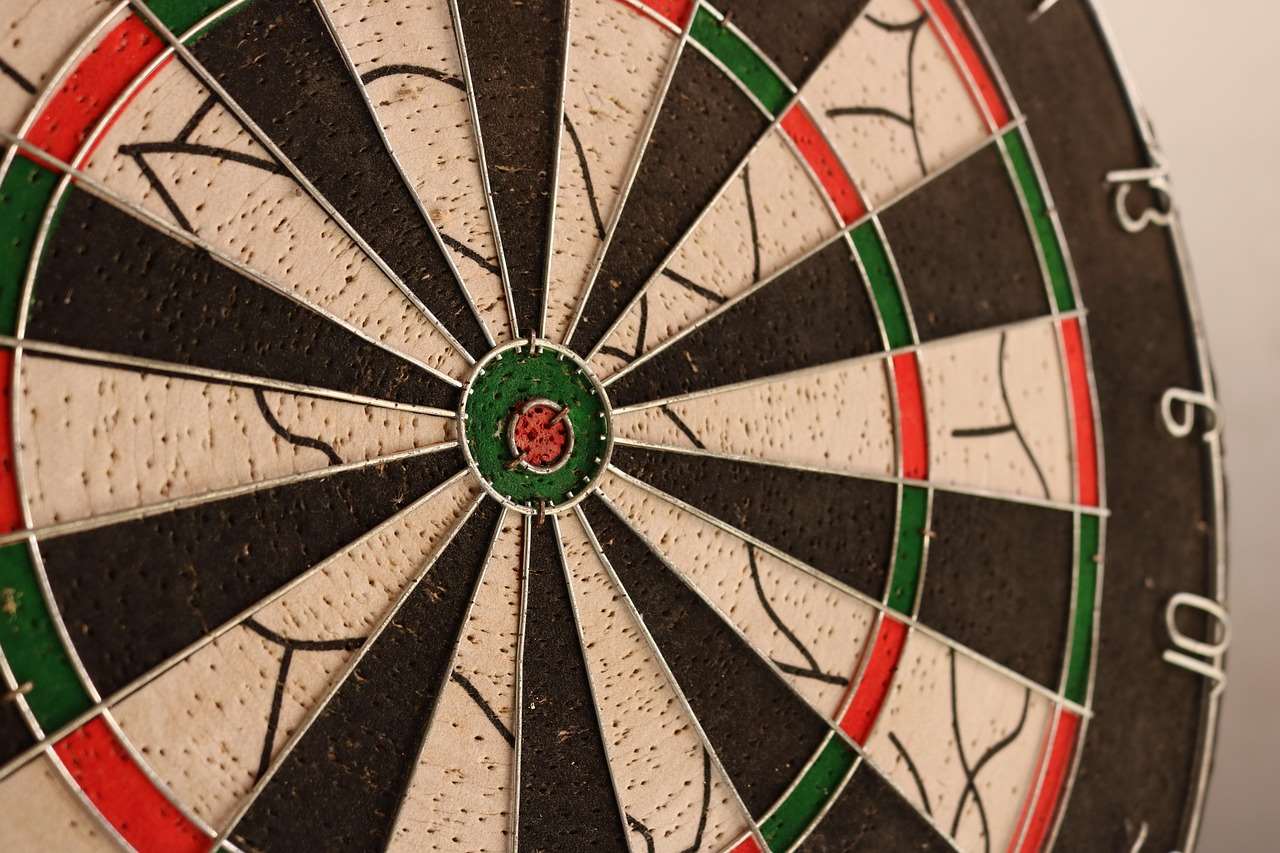
Essential Measurements for Oche Setup
Accurate measurements are the cornerstone of a proper oche setup. Deviations, even small ones, can affect your game. Here’s what you need to know:
- Dartboard Height: The center of the bullseye should be exactly 5 feet 8 inches (1.73 meters) from the floor. This is a standard measurement used in most darts leagues and tournaments.
- Oche Distance: The front of the oche (the throw line) should be 7 feet 9 1/4 inches (2.37 meters) from the face of the dartboard. This is a crucial measurement and needs to be precise.
- Diagonal Distance: From the bullseye to the oche line (measuring to the *back* of the oche, not the front), should be 9 feet 7 3/8 inches (2.93 meters). This is a useful check to ensure your horizontal and vertical measurements are correct.
Using a reliable measuring tape is essential. Double-check your measurements to ensure accuracy. Many players find it helpful to mark the oche location with tape or a physical line on the floor for easy reference.
The Importance of a Level Surface
Before even thinking about measurements, you need to ensure the floor where you’re placing your oche is level. An uneven surface can subtly throw off your stance and ultimately affect your throws. Using a level to check the floor is highly recommended. If you find significant discrepancies, consider using shims or other leveling materials to create a stable throwing surface. Even slight inclines or declines can affect your perception of distance and angle.
Creating Your Oche: Materials and Methods
The oche itself can be created using various materials. Here are some popular options:
- Tape: Simple and cost-effective, tape is a good option for temporary setups or for testing the oche position before committing to a more permanent solution. Use a durable tape that won’t easily peel up.
- Wood: A strip of wood provides a solid and stable oche. You can paint or stain it to match your room’s decor. Secure it to the floor with screws or adhesive.
- Metal: Metal oches are very durable and professional-looking. They often come with pre-drilled holes for easy installation.
- Rubber Mat: A dart mat with a built-in oche is a convenient option. These mats also protect your floor from stray darts. Look for mats with a clearly marked oche line.
Regardless of the material you choose, ensure the oche is wide enough to comfortably accommodate your stance. A width of at least 2-3 inches is generally recommended. The most important aspect is stability; the oche should not move or shift during your throw.
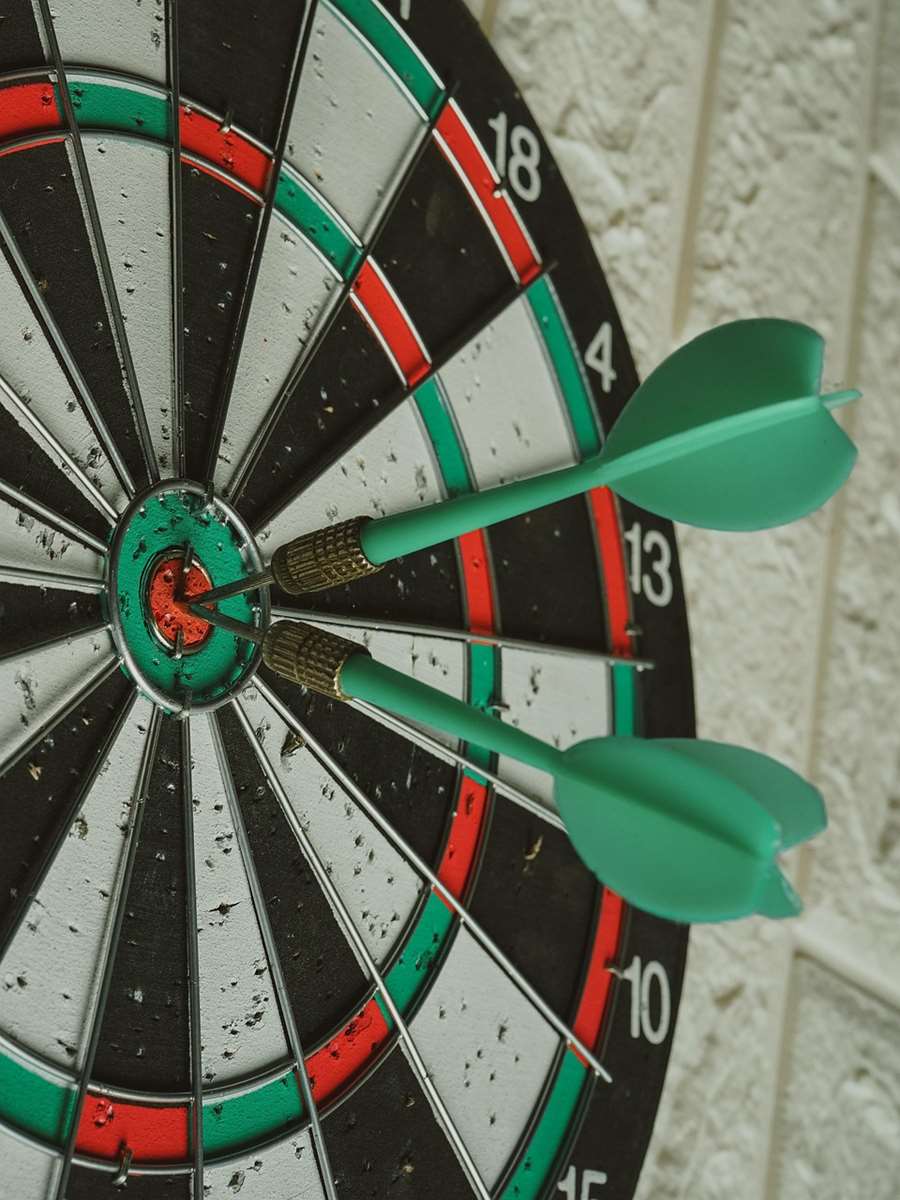
Lighting for Optimal Visibility
Good lighting is crucial for clear visibility of the dartboard and the target areas. Poor lighting can strain your eyes and make it difficult to aim accurately. Here are some lighting considerations:
- Overhead Lighting: A bright overhead light positioned directly above the dartboard is a good starting point. However, be mindful of shadows.
- Dartboard Surround Lighting: Dedicated dartboard lights that encircle the board provide even and shadow-free illumination. These are often the best option.
- Avoid Glare: Position your lights so they don’t create glare on the dartboard. Experiment with different angles and positions to find the optimal setup.
- Consistent Lighting: Ensure the lighting is consistent across the entire dartboard. Dark spots or uneven illumination can make it difficult to target specific areas.
Investing in a dedicated dartboard lighting system can significantly improve your playing experience.
Safety Considerations: Protecting Your Surroundings
Dart playing can be dangerous. Ensuring the safety of your surroundings is essential. Consider the following:
- Dartboard Surround: Installing a dartboard surround protects the wall around the board from stray darts. This is especially important for novice players.
- Clearance: Ensure there is ample clear space around the oche and the dartboard. Remove any obstacles that could be a tripping hazard.
- Spectator Safety: If you have spectators, ensure they are positioned safely away from the throwing area.
- Dart Storage: Store your darts in a safe place when not in use, out of reach of children and pets.
By taking these precautions, you can minimize the risk of accidents and injuries. Always practice responsible dart playing.
Testing and Fine-Tuning Your Setup
Once you’ve set up your oche according to the measurements, it’s time to test and fine-tune the setup. Throw a few darts and see how it feels. Pay attention to the following:
- Comfort: Is the throwing distance comfortable for you? You might need to make slight adjustments to the oche position to find the sweet spot.
- Accuracy: Are your darts landing where you expect them to? If not, re-check your measurements and stance.
- Stability: Is the oche stable and secure? If it moves or shifts during your throw, you need to reinforce it.
Don’t be afraid to experiment and make adjustments until you find a setup that works perfectly for you. Everyone has slightly different preferences, so finding your ideal setup may take some trial and error. Consider asking a fellow darts player for feedback on your stance and setup. They might be able to spot something you’ve overlooked.
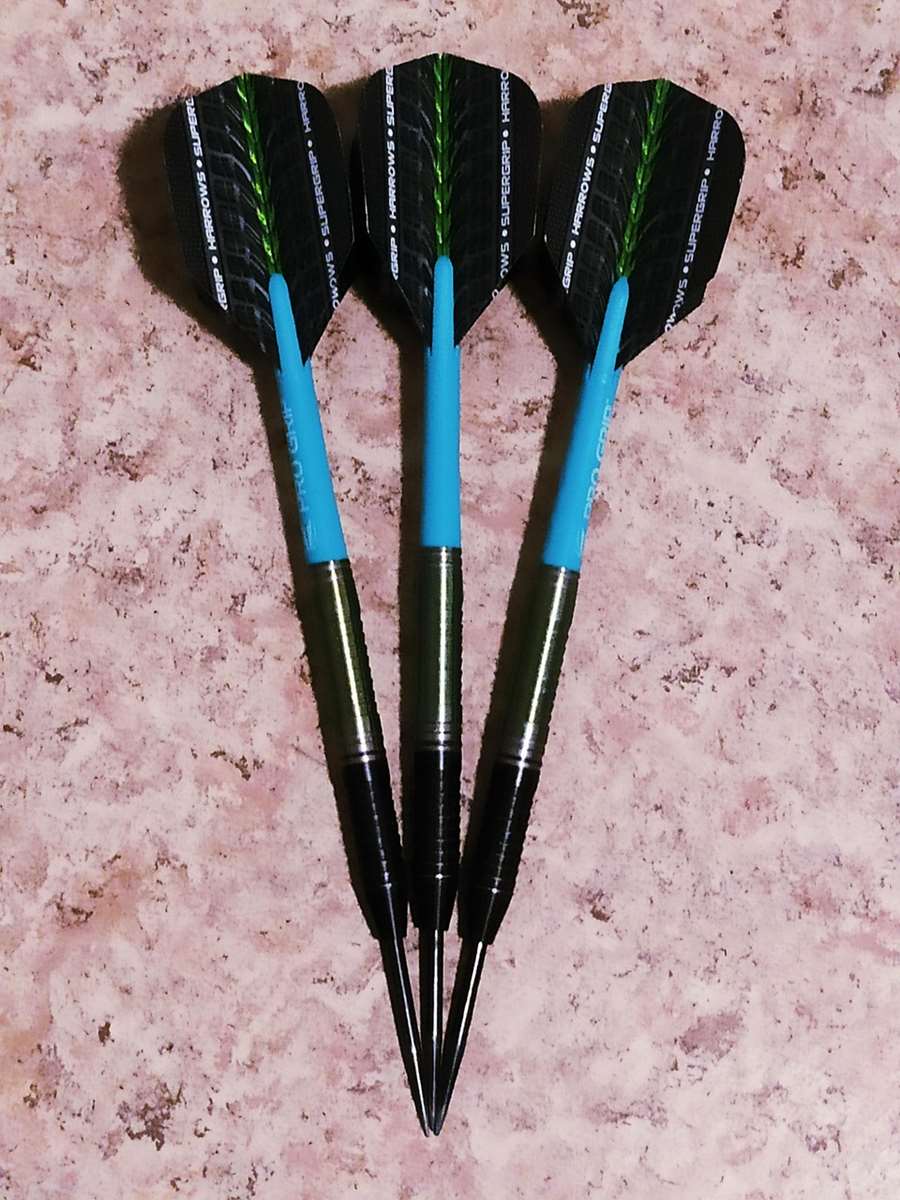
Adapting Oche Setup for Different Spaces
Not everyone has the luxury of a dedicated darts room. You might need to adapt your oche setup to fit a smaller space. Here are some tips:
- Shorter Throwing Distance: While the standard throwing distance is ideal, you can slightly reduce it if necessary. However, make sure both players agree on the adjusted distance. Consider exploring Adapting darts rules for small spaces: tips and tricks for more creative solutions.
- Portable Oche: A portable oche is a great option for small spaces. You can easily move it out of the way when you’re not playing.
- Wall Protection: In tight spaces, wall protection is even more important. Use a dartboard surround and consider adding extra padding to the surrounding walls.
Even in a limited space, you can still enjoy a good game of darts with a carefully planned setup. Proper setup is also crucial when Adapting dart game rules for children who are often playing in shared spaces.
Utilizing an Oche Setup Checklist Printable
An oche setup checklist printable is an invaluable tool for ensuring accuracy and consistency. It helps you remember all the important steps and measurements. Here’s how to make the most of it:
- Print and Laminate: Laminating your checklist will protect it from wear and tear.
- Keep It Handy: Keep the checklist near your dartboard for easy reference.
- Use It Regularly: Even if you’re confident in your setup, use the checklist periodically to ensure everything is still accurate.
- Customize It: Feel free to add your own notes and reminders to the checklist.
An oche setup checklist printable is a small investment that can pay off in big ways by ensuring a fair and enjoyable game every time. Remember to clearly understand Basic Darts Fundamentals for Beginners to ensure even setup.
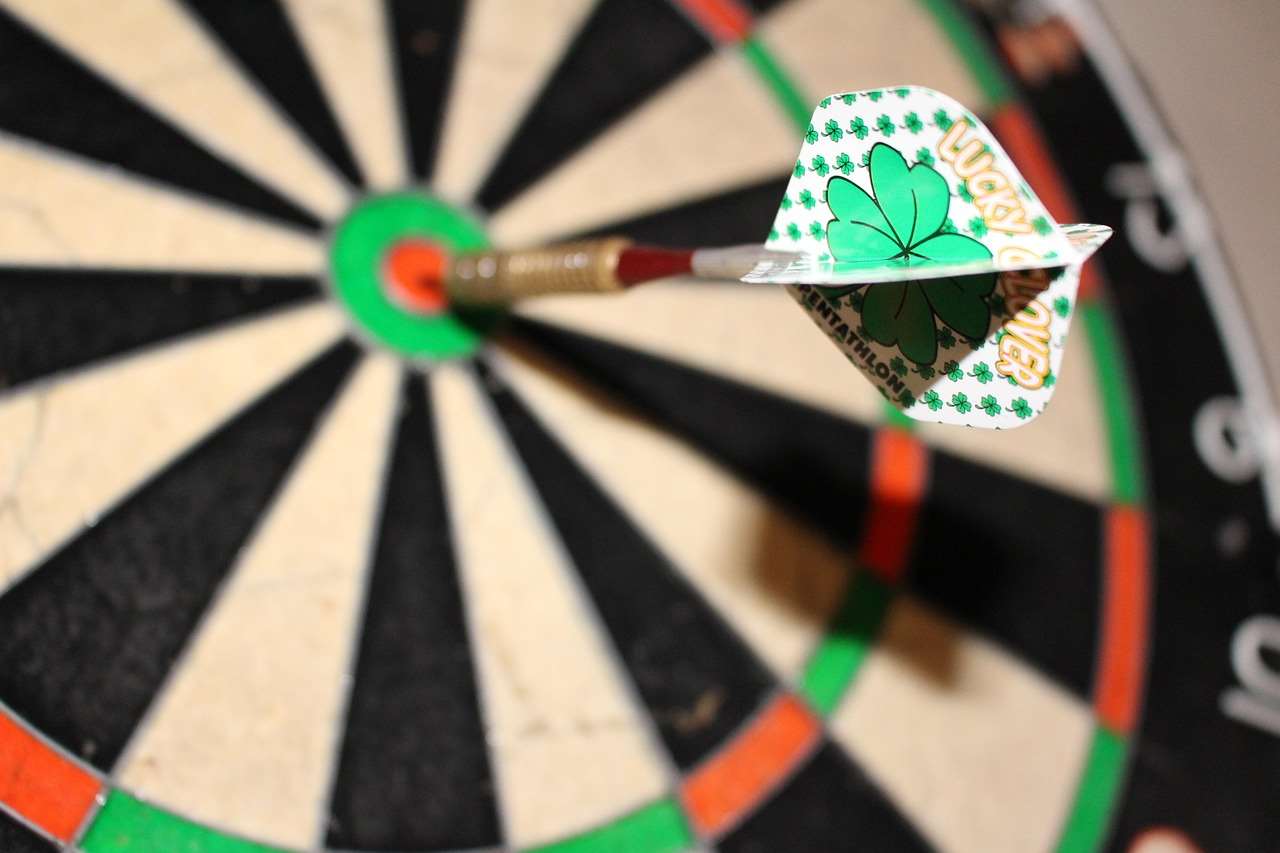
Troubleshooting Common Oche Setup Issues
Even with the best planning, you might encounter some common oche setup issues. Here’s how to troubleshoot them:
- Wobbly Dartboard: If your dartboard is wobbly, make sure it’s securely mounted to the wall. Use shims to level it if necessary.
- Unstable Oche: If your oche is unstable, try using a stronger adhesive or adding screws to secure it to the floor.
- Inconsistent Throws: If you’re experiencing inconsistent throws, double-check your measurements and stance. Make sure you’re throwing from the same spot every time.
- Lighting Problems: If you’re having lighting problems, experiment with different light positions and angles. Consider investing in a dedicated dartboard lighting system.
By addressing these common issues, you can create a more enjoyable and consistent dart playing experience.
Advanced Oche Setup Techniques
For serious dart players, there are some advanced oche setup techniques that can further enhance your game:
- Laser Oche: A laser oche projects a line onto the floor, providing a precise and consistent throwing line.
- Adjustable Oche: An adjustable oche allows you to fine-tune the throwing distance to your exact preference.
- Foot Placement Markers: Some players use foot placement markers to ensure consistent foot positioning during their throws.
These advanced techniques can help you take your dart game to the next level.
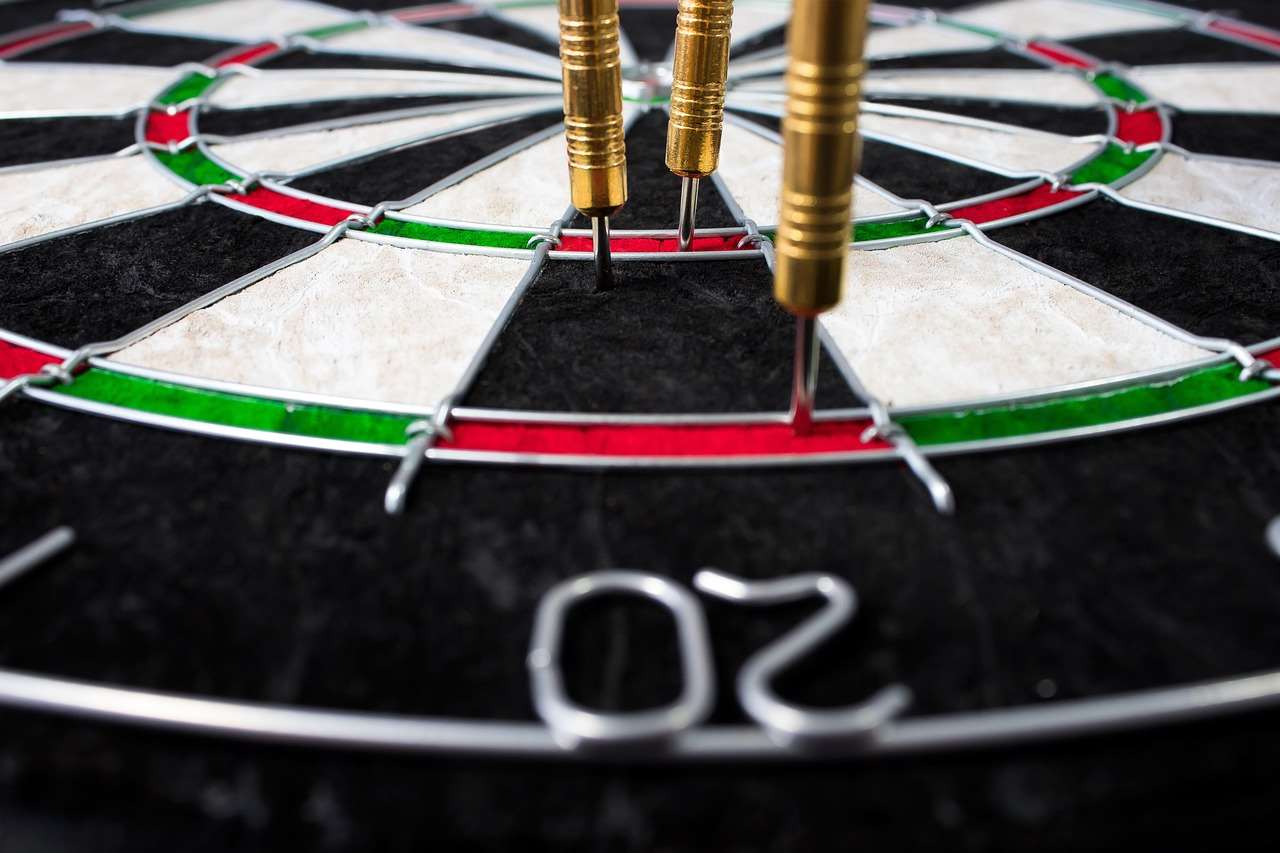
Finding an Oche Setup Checklist Printable
Numerous resources offer a free oche setup checklist printable. Search online for “dartboard oche setup checklist” or “darts oche measurement guide”. Many darts websites and forums offer downloadable checklists. Be sure to choose one that includes all the essential measurements and safety considerations. You can even create your own customized checklist based on your specific needs and preferences. This will help reinforce your Simplified 501 game rules for novice players experience by setting up a fair playing field.
Conclusion: Ensuring Fair Play with Proper Oche Setup
Setting up your oche correctly is an essential aspect of playing darts. By following this comprehensive guide and utilizing an oche setup checklist printable, you can ensure a fair, safe, and enjoyable game for yourself and your fellow players. Remember to prioritize accurate measurements, proper lighting, and safety considerations. Don’t be afraid to experiment and fine-tune your setup until you find what works best for you. Now that you are familiar with setting up an oche, ensure all players understand How to make darts fairer with handicap rules. Download our oche setup checklist printable today and take your dart game to the next level!
Hi, I’m Dieter, and I created Dartcounter (Dartcounterapp.com). My motivation wasn’t being a darts expert – quite the opposite! When I first started playing, I loved the game but found keeping accurate scores and tracking stats difficult and distracting.
I figured I couldn’t be the only one struggling with this. So, I decided to build a solution: an easy-to-use application that everyone, no matter their experience level, could use to manage scoring effortlessly.
My goal for Dartcounter was simple: let the app handle the numbers – the scoring, the averages, the stats, even checkout suggestions – so players could focus purely on their throw and enjoying the game. It began as a way to solve my own beginner’s problem, and I’m thrilled it has grown into a helpful tool for the wider darts community.